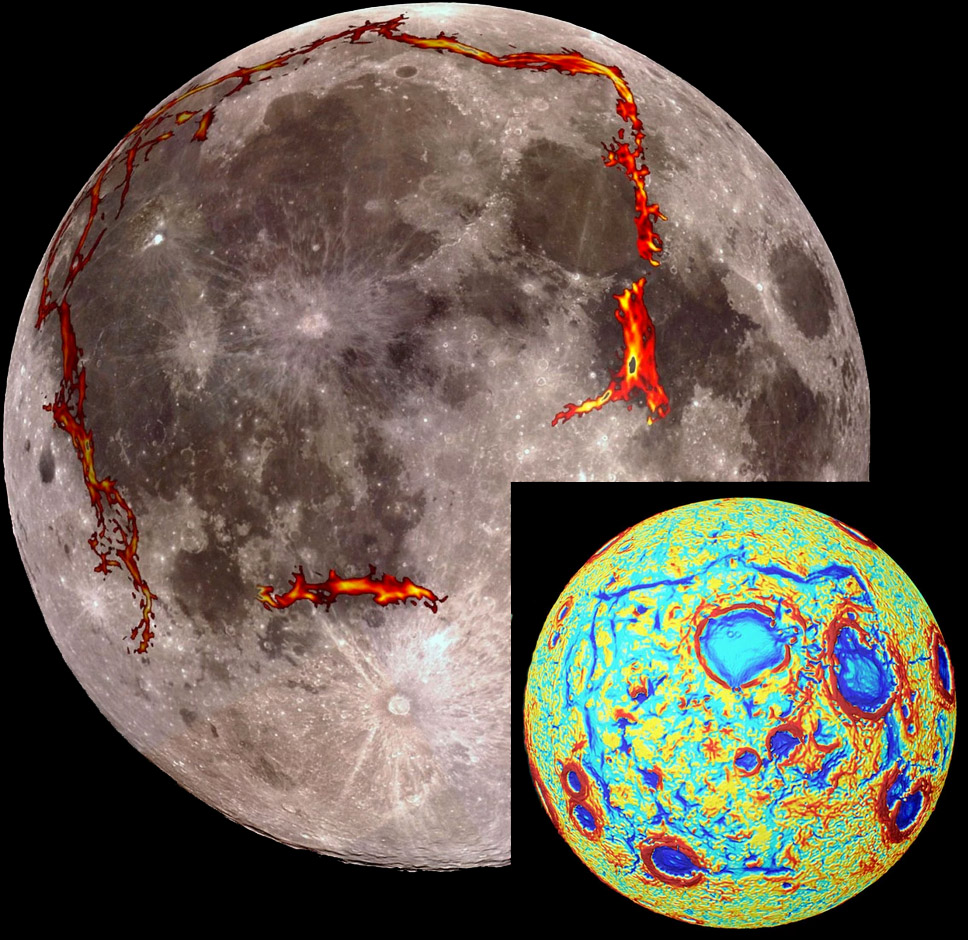Difference between revisions of "October 2, 2014"
| (6 intermediate revisions by the same user not shown) | |||
| Line 1: | Line 1: | ||
__NOTOC__ | __NOTOC__ | ||
=Ring of Fire= | =Ring of Fire= | ||
| − | + | <!-- Start of content --> | |
<!-- ws:start:WikiTextHeadingRule:0:<h1> --> | <!-- ws:start:WikiTextHeadingRule:0:<h1> --> | ||
<!-- ws:start:WikiTextLocalImageRule:6:<img src="/file/view/LPOD-Oct2-14.jpg/524718624/LPOD-Oct2-14.jpg" alt="" title="" /> -->[[File:LPOD-Oct2-14.jpg|LPOD-Oct2-14.jpg]]<!-- ws:end:WikiTextLocalImageRule:6 --><br /> | <!-- ws:start:WikiTextLocalImageRule:6:<img src="/file/view/LPOD-Oct2-14.jpg/524718624/LPOD-Oct2-14.jpg" alt="" title="" /> -->[[File:LPOD-Oct2-14.jpg|LPOD-Oct2-14.jpg]]<!-- ws:end:WikiTextLocalImageRule:6 --><br /> | ||
<em>image from Nature by [http://www.nature.com/news/moon-s-largest-plain-is-not-an-impact-crater-1.16041 Jeff Andrews-Hanna and 13 colleagues]</em><br /> | <em>image from Nature by [http://www.nature.com/news/moon-s-largest-plain-is-not-an-impact-crater-1.16041 Jeff Andrews-Hanna and 13 colleagues]</em><br /> | ||
<br /> | <br /> | ||
| − | Oceanus Procellarum does not obviously fill a circular impact basin, as most of the front side maria do. But if there is a basin there it is large, old, battered and covered by the newer basins and their lavas. Nonetheless, Cadogan proposed a giant <em>Gargantuan Basin</em> and Ewen Whitaker found a similar, but different in details, <em>[http://adsabs.harvard.edu/abs/1981mrbf.conf..105W Procellarum Basin]</em>. Both of these putative basins contain the Procellarum KREEP Terrain ([http://lpod. | + | Oceanus Procellarum does not obviously fill a circular impact basin, as most of the front side maria do. But if there is a basin there it is large, old, battered and covered by the newer basins and their lavas. Nonetheless, Cadogan proposed a giant <em>Gargantuan Basin</em> and Ewen Whitaker found a similar, but different in details, <em>[http://adsabs.harvard.edu/abs/1981mrbf.conf..105W Procellarum Basin]</em>. Both of these putative basins contain the Procellarum KREEP Terrain ([http://www2.lpod.org/wiki/February_19,_2007 PKT]), a broad area of high radioactivity and much of the Moon's mare lavas. The existence of this giant old basin has been controversial, but now a powerhouse team of [http://www2.lpod.org/wiki/January_2,_2012 GRAIL] scientists claim that it never existed. Instead they propose another structure that never was guessed at - and in fact, strains credulity on first look. Their evidence goes back to the Blue Worms map from GRAIL - in insert at bottom right. The Blue Worms are elongated regions of excess gravity, similar to the mascons in the centers of impact basins. But these are roughly linear gravity highs rather than round ones. The GRAIL team has [http://www2.lpod.org/wiki/December_8,_2012 previously] discussed these, and their interpretation has involved, with a [http://www2.lpod.org/wiki/May_4,_2014 talk] at the March 2014 Lunar & Planetary Science Conference being a presentation of this now published [http://www.nature.com/nature/journal/v514/n7520/full/nature13697.html paper]. Andrews-Hanna and GRAIL colleagues note that the quasi-rectangular pattern of worm outlines the PKT, and they suggest that the worms are magma filled rift valleys and the dikes that fed them. When the hot area warmed by heat from the PKT cooled, it subsided, creating fracturing/rifting along the edges with colder terrains. I don't know if I am simply not receptive to new ideas, but this seems wrong. There are many other worms on the Moon in areas where the PKT never heated the crust. I have not yet read the <em>Nature paper</em>; tomorrow I will, and will comment further on this exotic new idea.<br /> |
<br /> | <br /> | ||
<em>[mailto:tychocrater@yahoo.com Chuck Wood]</em><br /> | <em>[mailto:tychocrater@yahoo.com Chuck Wood]</em><br /> | ||
<br /> | <br /> | ||
| + | <p><b>Yesterday's LPOD:</b> [[October 1, 2014|Scars, Wrinkles and Pits (and Ina, Too)]] </p> | ||
| + | <p><b>Tomorrow's LPOD:</b> [[October 3, 2014|The Worms Return]] </p> | ||
<hr /> | <hr /> | ||
| + | {{wiki/ArticleFooter}} | ||
Latest revision as of 07:35, 28 October 2018
Ring of Fire

image from Nature by Jeff Andrews-Hanna and 13 colleagues
Oceanus Procellarum does not obviously fill a circular impact basin, as most of the front side maria do. But if there is a basin there it is large, old, battered and covered by the newer basins and their lavas. Nonetheless, Cadogan proposed a giant Gargantuan Basin and Ewen Whitaker found a similar, but different in details, Procellarum Basin. Both of these putative basins contain the Procellarum KREEP Terrain (PKT), a broad area of high radioactivity and much of the Moon's mare lavas. The existence of this giant old basin has been controversial, but now a powerhouse team of GRAIL scientists claim that it never existed. Instead they propose another structure that never was guessed at - and in fact, strains credulity on first look. Their evidence goes back to the Blue Worms map from GRAIL - in insert at bottom right. The Blue Worms are elongated regions of excess gravity, similar to the mascons in the centers of impact basins. But these are roughly linear gravity highs rather than round ones. The GRAIL team has previously discussed these, and their interpretation has involved, with a talk at the March 2014 Lunar & Planetary Science Conference being a presentation of this now published paper. Andrews-Hanna and GRAIL colleagues note that the quasi-rectangular pattern of worm outlines the PKT, and they suggest that the worms are magma filled rift valleys and the dikes that fed them. When the hot area warmed by heat from the PKT cooled, it subsided, creating fracturing/rifting along the edges with colder terrains. I don't know if I am simply not receptive to new ideas, but this seems wrong. There are many other worms on the Moon in areas where the PKT never heated the crust. I have not yet read the Nature paper; tomorrow I will, and will comment further on this exotic new idea.
Chuck Wood
Yesterday's LPOD: Scars, Wrinkles and Pits (and Ina, Too)
Tomorrow's LPOD: The Worms Return
COMMENTS?
Register, Log in, and join in the comments.



